detail profile curt mcdowell

Curt McDowell
Curtis A. McDowell
atau dikenal sebagai
Riwayat Hidup
Curt McDowell worked in San Francisco from the late 1960s until his death in 1987 – a period that witnessed the Summer of Love, gay liberation, and the onset of HIV/AIDS, to which he succumbed at the age of forty-two.
The author of numerous films that recast the American dream of plenty in pansexual terms, McDowell, like so many artists of his generation, indulged in the era’s carnal abundance, and his appetites and experiences are reflected in his work, which alternates between the revealing and the puerile.
Info Pribadi
Peran Yang Di Mainkan Curt McDowell
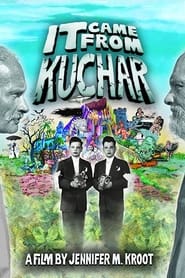 It Came from Kuchar is the...
It Came from Kuchar is the...It Came from Kuchar 2009
It Came from Kuchar is the definitive, feature documentary about the legendary, underground filmmaking twins, the Kuchar brothers. George and Mike Kuchar have inspired two generations of filmmakers, actors, musicians, and artists with their zany, "no budget" films and with their uniquely enchanting spirits.
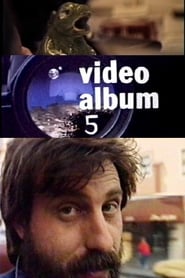 The comings and goings of the...
The comings and goings of the...Video Album 5: The Thursday People 1987
The comings and goings of the late underground filmmaker, Curt McDowell—and the people and activities that came and went along with him—are the themes that run through this existential diary of daily life. McDowell was dying from AIDS-related illnesses during the production of the diary. “An elegy for McDowell, the videowork captures Kuchar’s mournful remembrances of his long-lasting friendship with the young filmmaker. But it also has the inquisitive charm, perverse humor, and quirky candor that places Kuchar’s visual expressions in a gritty niche all their own.”
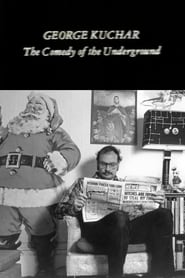 A documentary portrait of filmmaker George...
A documentary portrait of filmmaker George...George Kuchar: The Comedy of the Underground 1983
A documentary portrait of filmmaker George Kuchar conducting a tour of his apartment where he displays memorabilia and his toys which were used for props.
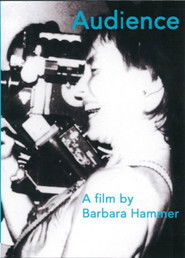 Barbara Hammers Audience is a fascinating...
Barbara Hammers Audience is a fascinating...Audience 1982
Barbara Hammer’s Audience is a fascinating deep cut from the director’s prodigious filmography. Relatively raw in its design, this 16mm diary of audience reactions at retrospectives of Hammer’s work in San Francisco, London, Toronto, and Montreal in the early 1980s bears none of the distinctive visual flourishes and essayistic form one usually finds in her filmmaking. Today, Audience serves as an invaluable historical archive, providing quick but complex portraits of lesbian scenes in different cities and countries: the San Francisco women are bold and raucous, treating Hammer like a celebrity; the London crowd more reserved and tentative; the Canadians politely critical after initial hesitation. It also functions as a testament to the power of Hammer herself as a figure of lesbian culture, showing how fully she engages audiences to incite new forms of discourse about representation.
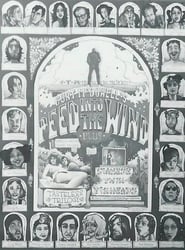 PEED INTO THE WIND smears across...
PEED INTO THE WIND smears across...Peed Into the Wind 1972
“PEED INTO THE WIND smears across the screen like one of those dirty underground comic books. It’s loaded with a lot of big scenes and unusual looking people that make this epic resemble a clogged toilet. Unfortunately, since several of the performers were not as loyal as Ainslie Pryor and John Thomas, the plot is difficult to follow but in no way hinders the sewer-like sequences. It’s quite enjoyable and possesses the releasing power of an enema.” –George Kuchar. Preserved by the Academy Film Archive in 2016.
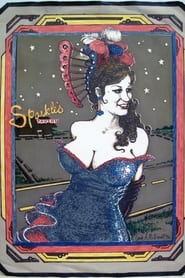 Siblings hide their ownership of a...
Siblings hide their ownership of a...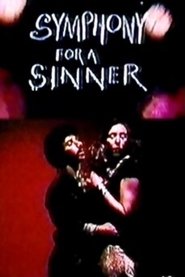 Symphony for a Sinner 1979 was a...
Symphony for a Sinner 1979 was a...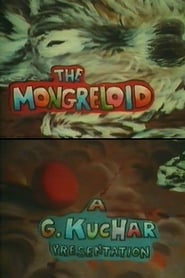 A man his dog and the...
A man his dog and the... A shady motel manager becomes obsessed...
A shady motel manager becomes obsessed... A short comedy by Curt McDowell...
A short comedy by Curt McDowell... A musical about an unhappy couple...
A musical about an unhappy couple...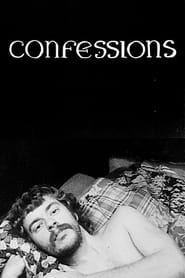 Curt McDowell has a confession for...
Curt McDowell has a confession for...